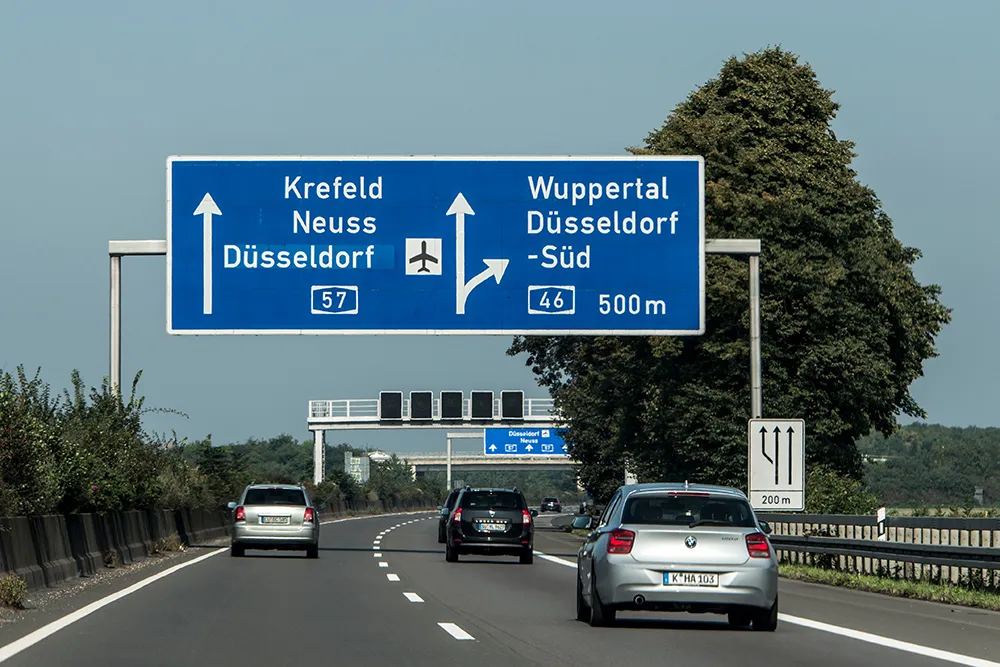July 10, 2021
Vehicles and OBUs equipped with Qualcomm’s 9150 C-V2X chipset solution and Snapdragon Automobile 4G Platform were at the heart of China’s 2020 C-V2X Cross-Industry Large-Scale Pilot Plugfest.
Qualcomm’s products help drive road safety technology such as V2V collision risk warnings and V2I speed limit alerts.
During the trial, RSUs broadcast vital information such as ‘school ahead’ warnings or real-time notification of vulnerable road users crossing in front of vehicles.
Qualcomm is partnering with Chinese automakers, using 5G technology to underpin the rapid growth of the C-V2X industry in China, with the goal of enabling commercialisation at scale.









